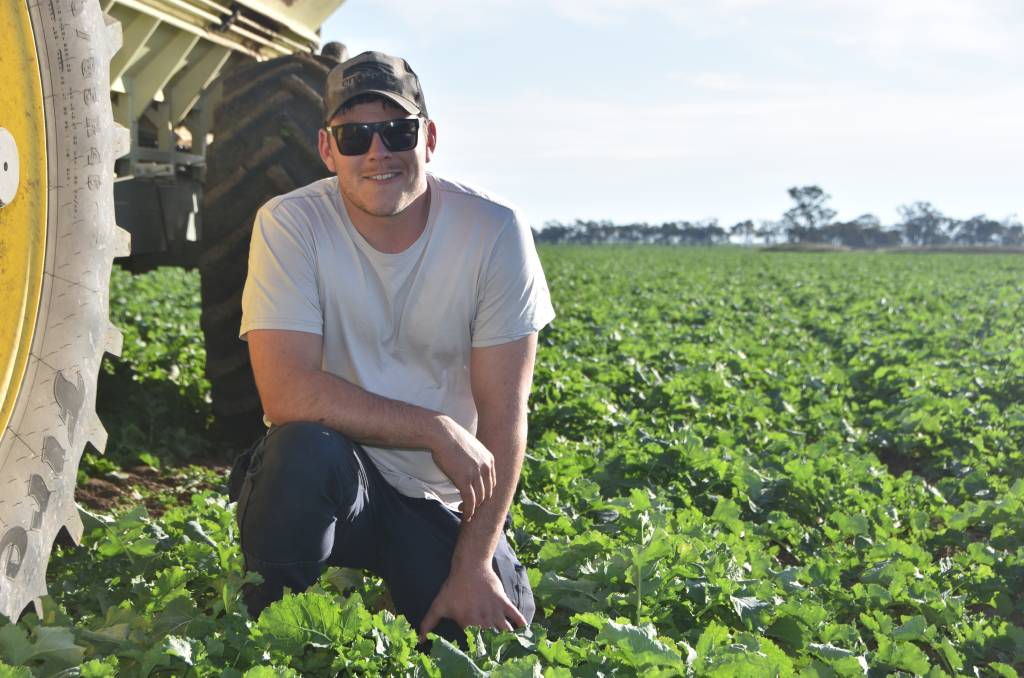Urea top-dressing program in full swing
BUOYED by solid seasonal conditions Australian farmers have gone hard on their nitrogen (N) top-dressing programs this year.
In spite of the COVID-19 pandemic, access to the nitrogen-based fertiliser urea has been relatively easy, and thousands of tonnes has been applied over the past month.
NSW farmers, in particular, have been big consumers of urea.
“We’ve had good rain and we’re in a good position so we are targeting the higher end of the yield curve for the area,” said Parkes farmer and Grains Research and Development Corporation (GRDC) northern panellist Bruce Watson.
“Many farmers have put out a couple of applications of urea, the season has been great in that way as in between good rain events we have had some fine weather that has allowed people to get out on the paddocks and spread urea,” Mr Watson said.
“I think many people in the area would be looking to get their nutrition levels up to target yields of 5 tonnes a hectare of cereal and 2.5t/ha of oilseeds,” he said.
Mr Watson said this may mean another application of nitrogen would go out in coming weeks.
“People will assess how much nutrition they have and make decisions accordingly.
“It is one year where testing nitrogen levels has been a really good move as we’ve come after two drought years, then we’ve had summer rain, so there have been things that have alternately depleted and replenished nitrogen and the best way to know exactly what you have is to test.”
Further north, Narrabri farmer Andrew Carberry said the top-dressing process had gone smoothly.
“People have managed to get hold of urea when they have needed it and we’ve had some really timely rain so there has been quite a bit go out, we’ve got good expectations of the season ahead,” Mr Carberry said.
“There is good stored moisture and if we can get some reasonable falls for the rest of the year we will be in a good spot.”
Elsewhere, applications have gone out but disappointing rain may limit efficacy.
Brett Hosking, Grain Growers chairman and farmer in Victoria’s southern Mallee, said there had been a lot of activity ahead of fronts the past two weekends, but rain had been disappointing.
“Farmers had been hoping for at least 5mm to get the urea incorporated but the rain has fell short of that in many areas.”
Mark Griffiths, Donald, put out urea on canola in mid-July before a front, but there was less than 5mm in it.
While the light showers will ensure some of the fertiliser is taken up by the crop, there will also be losses.
Mr Griffiths said the crop was at the stage it needed extra nutrition so he had decided to top-dress even without a solid rainband.
He said there had been no widespread rain events forecast for the area throughout winter so he had felt it was better to apply with some light rain rather than not at all.

